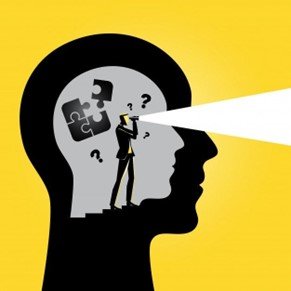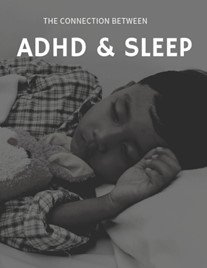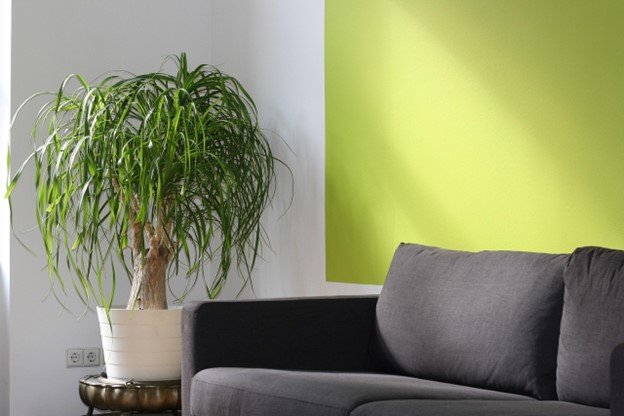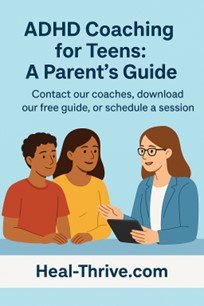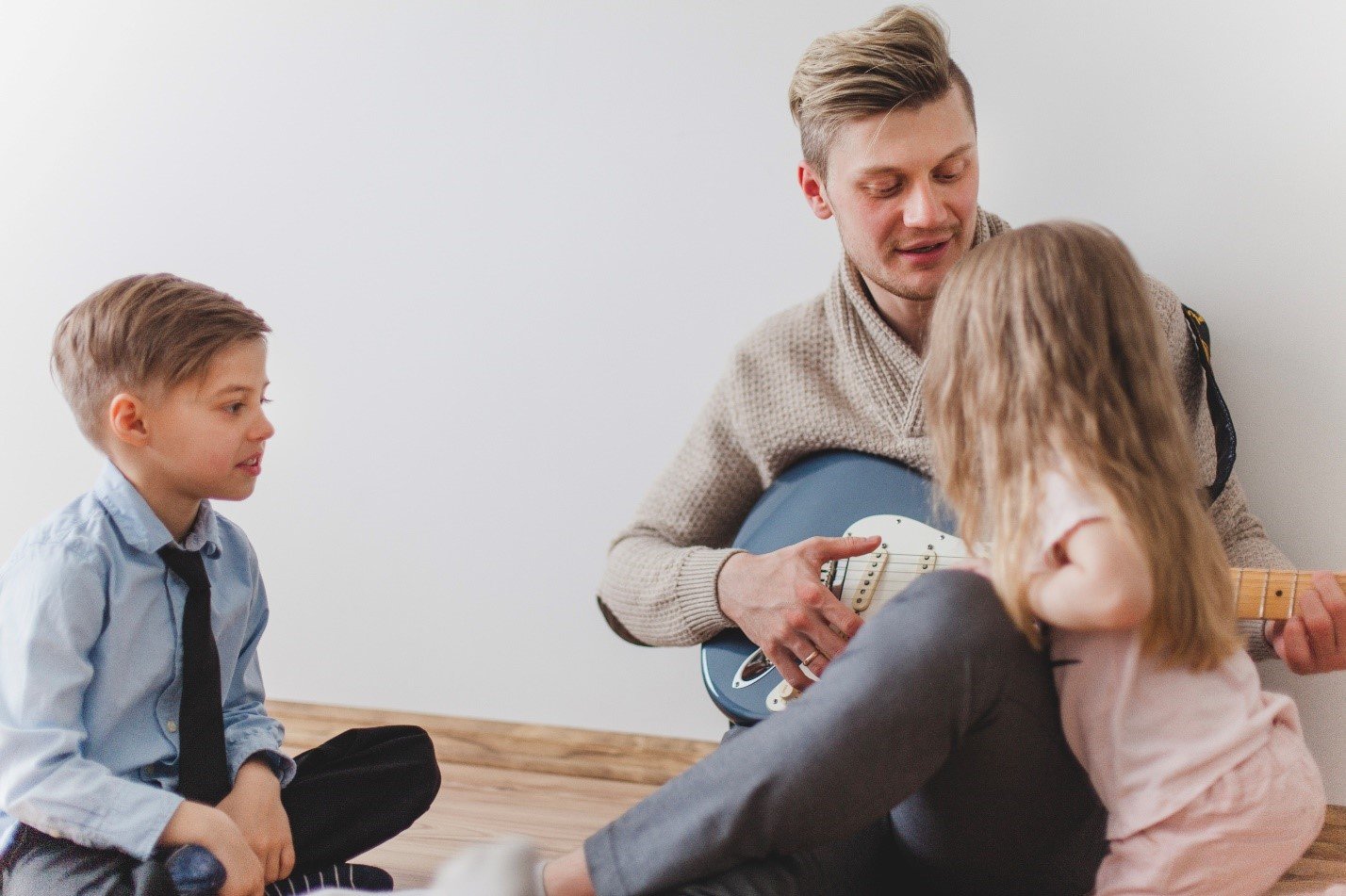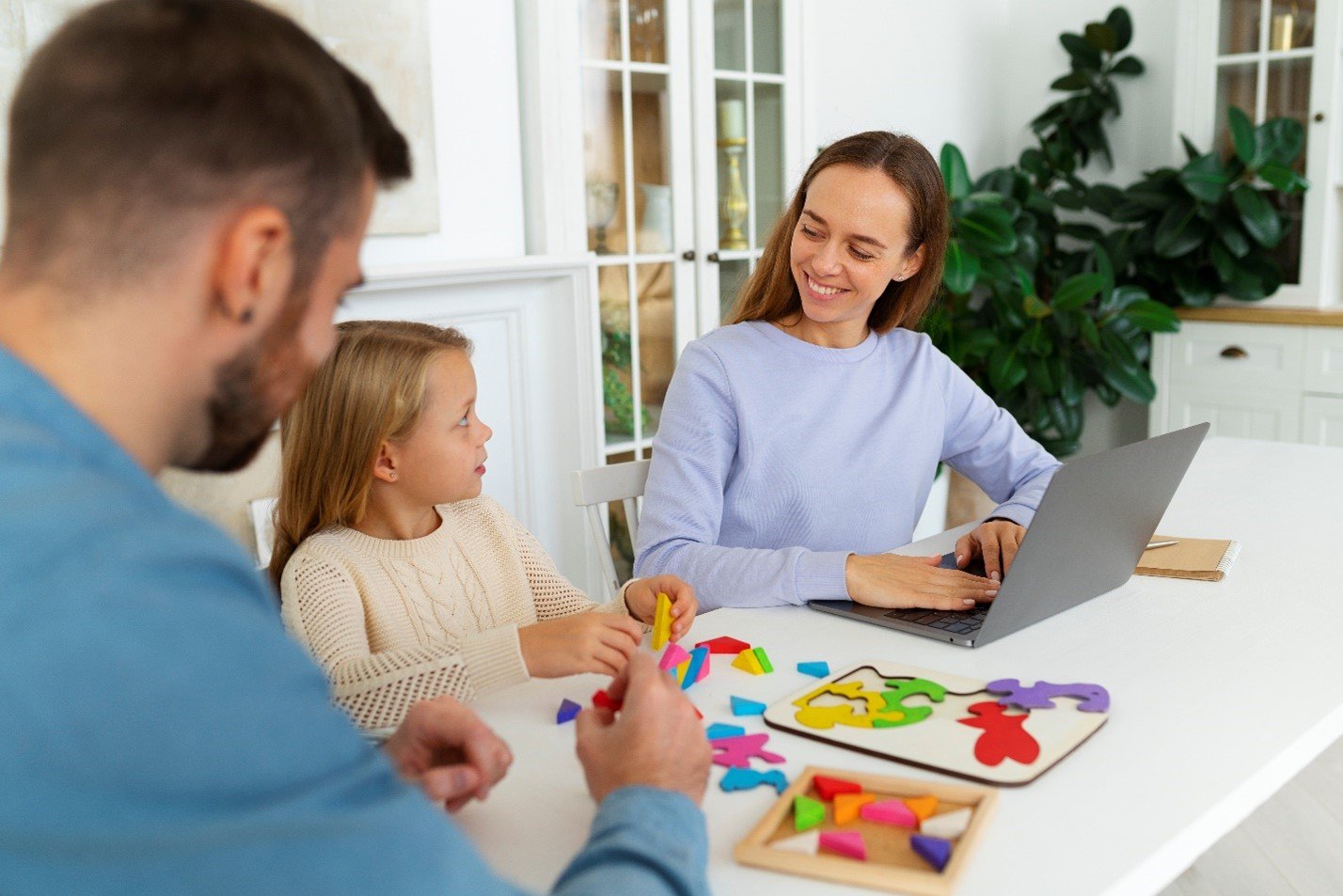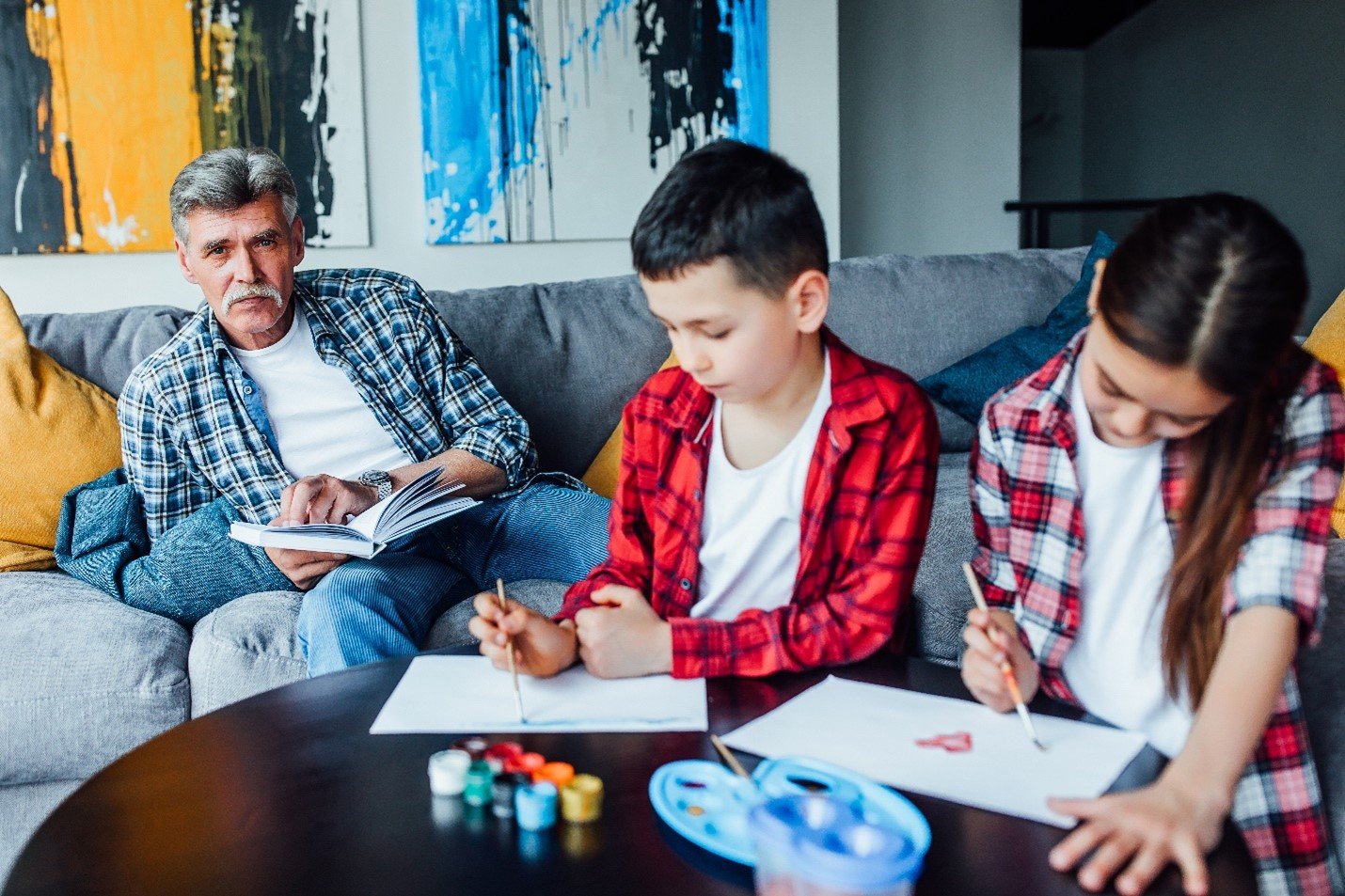ADHD Coaching for Executive Function Skills-A Practical Guide
ADHD Coaching for Executive Function Skills: A Practical Guide
Why Executive Function Skills Are the Missing Piece in ADHD Support
Let me slow this down for a second, because this part matters more than most people realize.
Almost everyone who comes looking for ADHD coaching says some version of the same thing. Sometimes confidently, sometimes with visible frustration:
“I know what I should be doing. I just… don’t do it.”
At first glance, that sounds like a motivation problem. Or discipline. Or maybe even mindset.
But it’s not.
What I’ve learned, after years of working with adults, students, parents, and professionals with ADHD across California and beyond, is that this gap between knowing and doing almost always comes down to executive function skills.
Executive functioning is the system that helps you start tasks, manage time, organize information, regulate emotions, hold things in working memory, and shift attention when needed. When ADHD is part of the picture, this system doesn’t stop working—it works inconsistently. And inconsistency is exhausting.
Here’s the part that often gets missed: most advice given to people with ADHD assumes executive functions are already intact. “Just plan better.” “Use a calendar.” “Break tasks down.”
Helpful in theory. Painfully incomplete in practice.
This is where executive function coaching, and more specifically, ADHD executive function coaching, becomes essential. Not as therapy. Not as tutoring. And definitely not as someone telling you to “try harder.”
Real ADHD coaching focuses on building practical systems that work with the ADHD brain, not against it. Systems that support task initiation, time management, working memory, impulse control, and emotional regulation,especially on the hard days.
In this practical guide, I’ll walk you through what executive function challenges actually look like in real life, why traditional strategies so often fail adults with ADHD, and how structured, research-informed ADHD coaching helps people improve executive functioning skills in a way that finally sticks.
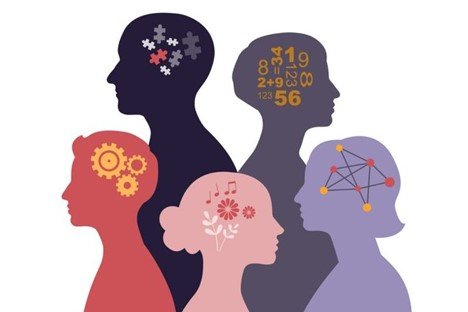
No hype. No shame. Just realistic strategies grounded in both research and lived coaching experience.
(And yes ,if it doesn’t work on a stressful Tuesday with low energy and too many tabs open, we’ll talk about that too.)
What Executive Function Really Means in ADHD (And Why It’s So Often Misunderstood)
Here’s where I usually pause with clients, because the term executive function sounds far more abstract and clinical than it actually is.
Executive function skills are not about intelligence. They’re not about how much you care. And they’re definitely not a moral measure of responsibility.
At their core, executive functioning skills are the brain’s self-management system. They help you decide what to do, when to do it, and how to stay with it long enough to finish.
For adults with ADHD, this system tends to work in bursts rather than consistently. One day you’re focused, productive, and clear. The next day, starting even a small task feels strangely impossible.
That inconsistency is the hallmark of ADHD executive dysfunction.
Let’s break this down in plain terms.
Core Executive Function Skills Commonly Affected in ADHD
Most people think ADHD is just about attention. That’s only a small part of the picture.
In reality, ADHD impacts several interconnected executive function skills:
- Task initiation – getting started, especially when a task feels boring, overwhelming, or emotionally loaded
- Sustained attention and focus – staying engaged long enough to complete tasks
- Time management – estimating time, feeling time pass, and prioritizing realistically
- Organization and planning – keeping track of tasks, materials, and next steps
- Working memory – holding information in mind while using it
- Impulse control – pausing before acting, speaking, or switching tasks
- Emotional regulation – managing frustration, overwhelm, and emotional reactivity
- Cognitive flexibility – shifting plans when something unexpected happens
When these skills are unreliable, daily life requires far more mental energy. Simple tasks become draining. Decision-making feels heavier. And over time, many adults with ADHD internalize this struggle as a personal failure.
It’s not.
It’s a skills gap,one that can be coached.
Why Traditional Advice Fails ADHD Brains
Here’s something research and lived experience agree on: insight alone doesn’t fix executive dysfunction.
Many adults with ADHD already know what they should do. They’ve tried planners, apps, reminders, and productivity systems designed for neurotypical brains.
The problem isn’t effort.
The problem is that most strategies assume consistent executive function capacity. ADHD doesn’t work that way.
This is why executive function coaching for adults with ADHD focuses less on perfect systems and more on adaptable supports, external structures that compensate for internal inconsistency.
According to models outlined by Parker & Boutelle and later expanded by Mor & Moreno, effective ADHD coaching strengthens self-regulation by teaching clients how to:
- Externalize planning and memory
- Reduce activation energy for starting tasks
- Build feedback loops instead of relying on motivation
- Adjust systems when life inevitably changes
This approach doesn’t aim for perfection. It aims for functionality.
And that shift, away from “trying harder” toward “building smarter support”, is often the first real turning point.
Challenges Within the ADHD Coaching Process for Executive Functions
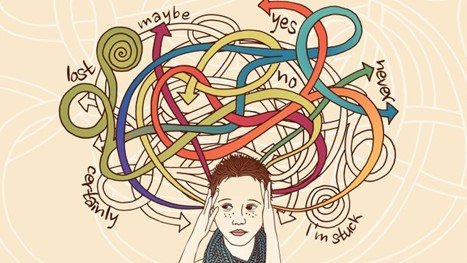
This might surprise some people, but executive function coaching itself isn’t always smooth or linear.
In fact, some of the biggest challenges don’t come from ADHD alone, they show up inside the coaching process. And honestly, acknowledging these challenges upfront is one of the reasons ADHD coaching actually works when done well.
Let’s talk about them openly.
Initial Resistance or “I Know This Already”
Many adults come into ADHD coaching highly informed. They’ve read articles, followed ADHD creators, maybe even tried multiple systems before.
So when a coach suggests something simple, externalizing tasks, using visual time, starting smaller than feels reasonable, the reaction can be quiet resistance.
“I already know this.”
“That won’t work for me.”
What’s really happening here isn’t arrogance. It’s fatigue.
ADHD coaching addresses this by shifting the focus away from novelty and toward application under real conditions. The question isn’t “Is this strategy new?” It’s “Does this strategy still work when motivation is low, stress is high, and life is messy?”
The Need for Consistency and Patience (Yes, Even When Progress Feels Slow)
Executive function skills don’t change overnight. And that can be frustrating—especially for adults who are used to quick insight and fast learning.
One of the main difficulties in coaching executive functions for adults with ADHD is supporting clients during the invisible progress phase. At this stage, early wins appear inconsequential, for example:
- Beginning to task initiate more (not even needing to finish consistently)
- Recovering from interruptions more quickly
- Requiring fewer reminders to reset the task
These make a difference.Coaching helps clients recognize progress before results look dramatic.
Strategy Customization: One Size Never Fits All
There is no universal ADHD system.
What works beautifully for one person can completely fail for another. Energy levels, sensory needs, comorbid anxiety or depression, work demands,all of these affect executive function capacity.
Effective ADHD executive function coaching involves constant adjustment:
- Simplifying systems when life gets heavier
- Changing tools when they stop being used
- Letting go of strategies that create more friction than support
This flexibility isn’t a flaw in coaching ,it’s the method.
The Risk of Over-Reliance on the Coach
This is a challenge that ethical coaches pay close attention to.
If a client begins relying on the coach as their external executive function, long-term independence suffers.
Research-informed coaching models (including Mor & Moreno’s ADHD Coaching Model) emphasize skill transfer. The goal is not dependence, it’s internalization.
This means:
Teaching clients how to assess and make changes to systems on their own
Systematically removing scaffolding
Encouraging self-trust and further decision-making
Good coaching fosters independence. Attachment is not the end goal.
Managing Setbacks Without Shame
Setbacks are inevitable. Illness, burnout, life transitions they all disrupt executive function.
The challenge isn’t avoiding setbacks. It’s responding to them without shame.
ADHD coaching reframes setbacks as data:
What changed?
What support dropped away?
What needs to be rebuilt not perfectly, just enough?
This mindset protects progress over the long term.
Comorbid Conditions and Integrated Support
Adults with ADHD are often living with anxiety, depression, learning differences, or chronic stress as well.
Executive function coaching is not a replacement for therapy and other medical care. It is best when integrated with additional supports. Coaches assist clients to:
- Tailor strategies to dynamic capacity
- Articulate needs to therapists or other care providers
- Create systems that acknowledge and respect mental and emotional capacity
Practical ADHD Coaching Strategies to Improve Executive Function Skills
This is the point where coaching for the purpose of improving particular executive function skills becomes something other than theoretical.
Because knowing what executive function is doesn’t change much on its own. What changes lives, slowly but reliably, are practical, repeatable strategies that work even when energy, motivation, or focus are low.
Below are core strategies commonly used in ADHD coaching for executive functions, grounded in research and refined through real-world application.
Step 1: Externalize What the ADHD Brain Can’t Reliably Hold

One of the first shifts in executive function coaching is this realization:
“If it has to live in your head, it’s already at risk.”
Working memory challenges mean plans, ideas, and priorities disappear under pressure. Coaching responds by externalizing everything possible.
This includes:
- Writing tasks where they are visible, not hidden in apps
- Using checklists instead of mental tracking
- Keeping “next actions” concrete and specific
External systems aren’t a crutch, they’re compensation tools. And research consistently supports their effectiveness for ADHD.
Step 2: Reduce Task Initiation Friction (Don’t Aim for Motivation)
For ADHD, starting is often harder than continuing.
So coaching focuses on lowering the starting threshold, not increasing motivation.
Common strategies include:
- Defining a task’s smallest possible start
- Pairing starts with physical movement
- Using time-limited starts (e.g., 5-minute agreements)
The goal is not to finish. The goal is to begin. Finishing often follows.
Step 3: Make Time Visible (Because Time Is Abstract for ADHD)
Time management ADHD strategies fail when time remains invisible.
Executive function coaching often introduces:
- Visual timers
- Time-blocking with realistic buffers
- “Future self” planning (what energy will I actually have?)
Instead of asking “How long should this take?” coaching asks:
“How long does this usually take for you?”
That distinction matters.
Step 4: Build Systems That Match Energy, Not Ideal Productivity
One of the biggest mindset shifts in adult ADHD coaching is letting go of peak-performance planning.
Working with clients, coaching helps them:
- Think about days where things aren’t going perfect
- Decide on low-energy versions of certain systems
- Recognize the signs of overload early on
This helps with burnout and helps with consistency
Step 5: Emotional Regulation Should Be a Strategy, and Not a Side Concern
Emotional Regulation is not an aside to productivity but rather a necessity. Integration of emotional regression coaching with productivity enhancement is focused on:
- Utilization of pause and name techniques
- Engaging in the process of Stress Downshifting prior to a task
- Utilization of emotional spike strategies for a recovery period
Once emotions are in a regulated state the Executive functions have more room to work with.
Step 6: This is where Iterative progress is made through Review , Adjust, and Repeat
This is part of the design of the coaching process.
Instead of asking “Did this work or fail?” we ask:
- What worked a little?
- What created friction?
- What needs simplifying?
This reflective loop builds self-awareness and long-term independence.
Real Client Stories: How Executive Function Coaching Works in Everyday Life
I want to be clear about something before we dive in.
Executive function coaching doesn’t create overnight transformations. What it creates is momentum. And momentum, over time, changes everything.
Here are a few anonymized examples that reflect what ADHD coaching for executive function skills actually looks like in practice.
Case Example 1: Task Initiation and the “Frozen Start”
A client in their mid-30s came to coaching describing a familiar pattern. They were successful on paper, intelligent, and highly capable, but consistently stuck at the starting line.
Their words were:
“I lose hours just trying to start. By the time I begin, I’m already exhausted.”
Instead of focusing on productivity tools, coaching centered on task initiation ADHD strategies:
- Tasks were broken down to the smallest visible action
- Starts were paired with physical cues (standing up, opening one document)
- Success was measured by starting, not finishing
Within weeks, the client reported something subtle but powerful:
“I still don’t love starting… but I don’t freeze anymore.”
That was the win.
Case Example 2: Time Management ADHD in a Demanding Work Environment
The other client had a very dynamic and fast-paced work schedule in California, was fully booked with meetings, had deadlines, and worked in constant interruption.
The client thought there was a problem with poor discipline. Coaching showed something else. Time blindness.
We introduced:
- Visual time tracking instead of abstract schedules
- Buffer zones between meetings
- Weekly planning based on energy, not availability
The result wasn’t perfect scheduling. It was fewer crises and faster recovery when plans broke.
Case Example 3: Working Memory and Emotional Overload
One adult client described feeling mentally “full” all the time.
Instructions slipped away mid-task. This was followed by emotional overwhelm and then by avoidance. The coaching focused on:
- Capturing memory externally by writing things down immediately, no “I’ll remember”
- Decreasing the load on the cognitive system by limiting the number of active tasks
- Instead of fighting emotional responses, it was suggested to simply normalize them
As the demands of the working memory system were lowered, emotional regulation improved and that connection is important.
Case Example 4: From Dependency to Independence
Possibly the most significant change with respect to adult ADHD coaching is transfer of reliance to self-trust. One of the long-term clients in the beginning had to heavily depend on coaching sessions to reset and plan.

Over time, sessions shifted toward:
- Teaching self-review skills
- Practicing adjustment without reassurance
- Celebrating independent problem-solving
The goal wasn’t less support. It was more internal capacity.
And that’s what happened.
External and Structural Challenges in ADHD Coaching
Even the best ADHD coaching strategies can struggle if external or structural barriers aren’t addressed. These challenges aren’t about skill , they’re about environment, access, and perception.
Access and Cost
ADHD coaching is a specialized service and unfortunately also means:
- Limited availability in some areas
- High cost with respect to other general coaching and other online courses
A lot of adults with ADHD have these factors in mind and end up not seeking help. Coaching can still be very effective, but translation of these factors to effective action is important.
Finding the Right Coach
Not all coaches have a good grasp of ADHD. Adult ADHD coaching, especially at the level of Executive Function (EF), requires:
- Understanding of ADHD and its research and practical aspects
- Understanding of the adult world and its challenges
- Capacity to tailor the approaches to individual needs
There can be a lot of frustration and lack of progress if these guideposts are not in place. Finding a coach with experience in these areas is worth the investment.
Stigma and Misunderstanding
There is a generalized lack of understanding of adult ADHD and its complexities.
Certain places of employment, some friends, and even family may:
- Believe a person struggling with executive function challenges is simply lazy or not trying hard enough.
- Anticipate “normal” output without any special tailoring.
Coaching assists clients in managing these social barriers, but stigma continues to be a structural problem outside of a coach’s immediate control.
Unsupportive Environments
Negative Impact Most motivated adult experiences challenges in contraprodictory environments. These include:
- offices that have too many distractions
- homes that have too many distractions
- workplaces that do not have adequate support
Relational friction in your environment is the main reason supporting is the main reason the focus on specific relocations is included in for executive function coaching.
Integration with Other Treatments
ADHD commonly occurs with anxiety, depression, and/or learning differences. Integration with executive function coaching is most beneficial when:
- Is partnered with therapy, medicine, and/or additional supports
- There is streamlined communication among the professionals
- There is consideration of the varying mental and emotional bandwidth
When Ignored, integration becomes a barrier, otherwise creating a disconnect between the real world application and coaching strategies learned.
Measuring Success and Taking Action: Next Steps in ADHD Executive Function Coaching
Function Coaching The measure of success in coaching on executive function is not perfection but the impact of achievement and consistent execution of the goals with increasing autonomy. How we measure success in the long run The adult with ADHD displays the following:
– start of the task is done in a timely manner
– there is a better overall control and utilization of time
– there have been systems established that require fade on control
– there is a reduction of mental clutter and less forgetting of tasks
– decrease in episodes that is explosive and better control of emotions
– there is a better control of flexibility It is evident that it can happen in the normal functioning of the day. It is better to have small positive changes even than a significant one.
If you’re reading this and thinking: “I want to try this,” here’s what you can do:
- Contact a Coach – Schedule a consultation with an ADHD-experienced coach.
- Download a Practical Guide – Get step-by-step worksheets for executive function skills.
- Book a Session – Start applying strategies tailored to your life today.
Each of these actions helps you move from knowing about ADHD to living with effective executive function strategies.
Why Early and Consistent Coaching Matters
Executive function skills can always improve, but adult ADHD brains benefit most from:
- Early intervention (don’t wait until overwhelm becomes chronic)
- Consistent practice and reflection
- Integration with other supports (therapy, medical care, work accommodations)
Small daily steps compound. Momentum builds. And eventually, tasks that once felt impossible become manageable.













